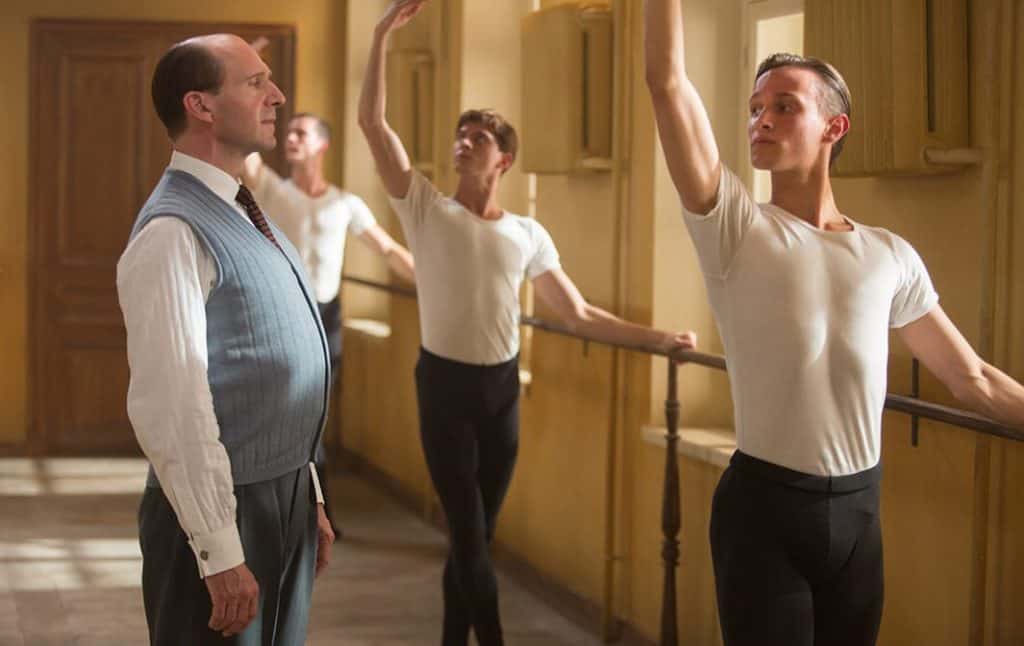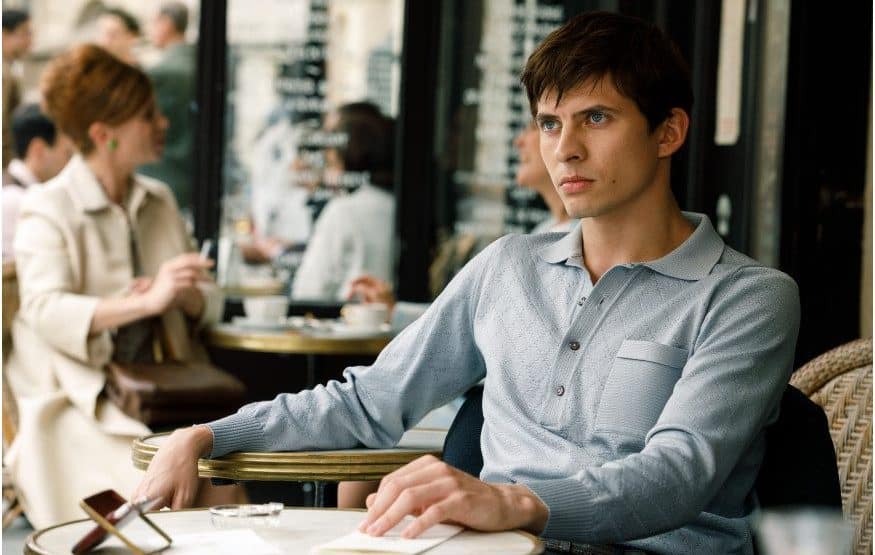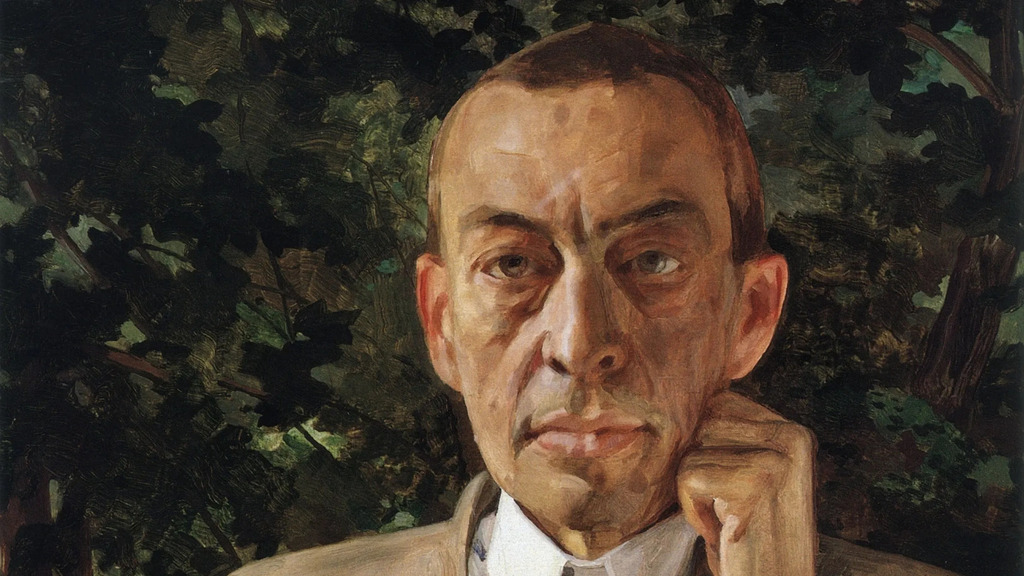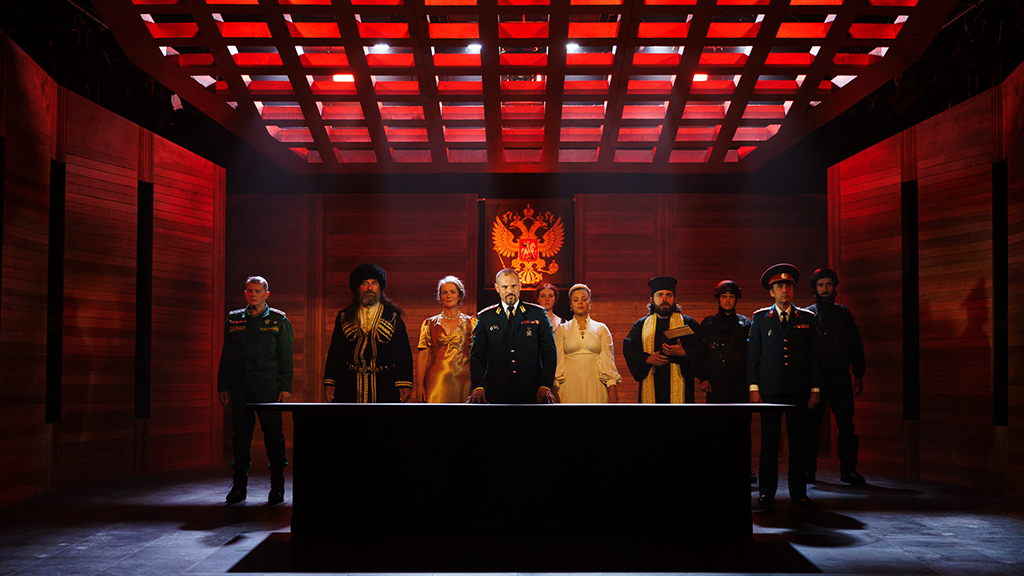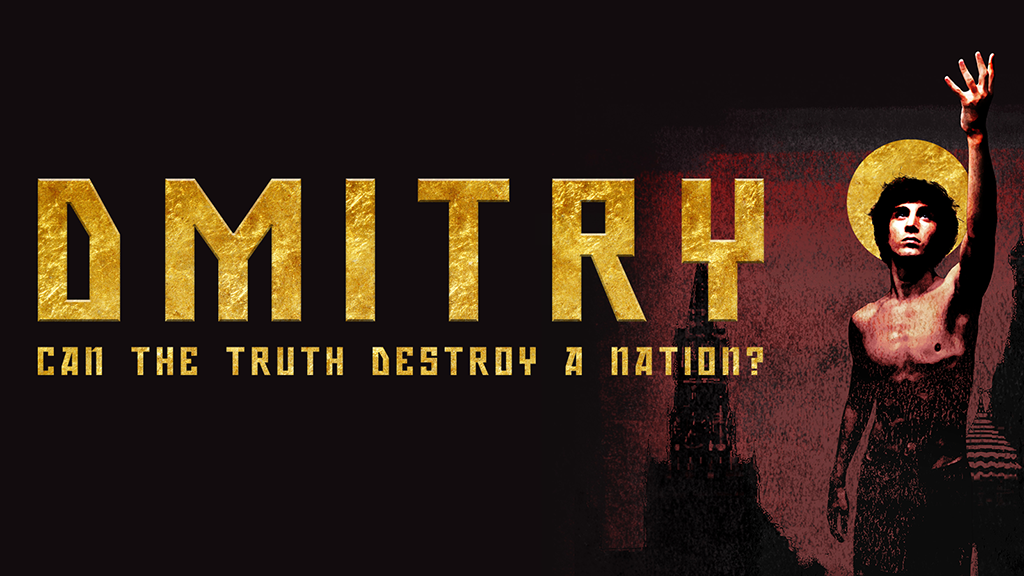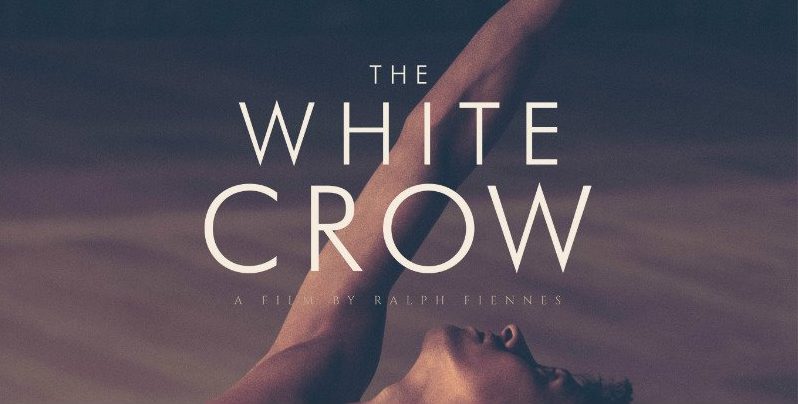
Review of Ralph Fiennes’s «The White Crow»
«The White Crow» – belaya vorona – the Russian idiom meaning the person who is different from his surroundings, who doesn’t ‘fit’ within cultural circles and goes against the stream.
A newRalph Fiennes film «The White Crow» about the legendary dancer Rudolf Nureyev is released in the UK. The story is based on the book by the journalist and former ballerina Julia Kavanagh «Rudolf Nuriev: The Life», released in 2007. The two-time Oscar nominee David Hare, known for his previous works «Hours» and «The Reader», adapted it for screen.
Cast is quite impressive, too: Ralph Fiennes, Chulpan Hamatova, Sergei Polunin, Rovshana Kurkova. The main part is played by Oleg Ivenko, dancer of the Tatar State Theatre of Opera and Ballet named after Musa Jalil.

Master and pupil: Ralph Fiennes and Oleg Ivenko ( Dave Benett )
The Russian-speaking audience will be especially pleased by the fact that the most part of the film is in their language. Even Ralph Fiennes himself, who played the beloved Nureyev’s teacher Alexander Pushkin, has long lines in Russian.
At the center of the film – both literally and figuratively – is the point of no return in Nureyev’s life. His refusal not to come back to the USSR and stay in France was a turning point for his entire life and career. Two hours of the film immerse the audience in this amazing story of the development of an extraordinary personality that goes far beyond the framework and standards outlined by the society.
Parallel to the main storyline, there’s another one – Nureyev’s childhood and teenage years: his birth in a train car on the Trans-Siberian railway; difficult life in Ufa with mother who managed to surround four children with care and see talent in her son during the tough 1940s; meeting his father who returns from the war; study in Leningrad and acquaintance with Pushkin.
Fiennes does not idealize Nureyev. Instead he shows the artist as a conflicting personality who sometimes can be quite arrogant and egocentric. «He was an ambiguous and extraordinary person», – said the director after the premiere.
It took quite some time to find a leading actor, and only professional Russian ballet dancers could audition. In the end, it was the «dark horse» Oleg Ivenko who got chosen. Fiennes said they needed someone who would both be a great dancer but also capable of expressing emotions on screen. With Ivenko he trusted his intuition and it didn’t let him down.
«When I saw a message with the invitation to auditions I thought it was a spam and deleted it», – Ivenko reminisces with a smile. «It was a huge responsibility, as I understood who were the people surrounding me. Of course being in a film with Ralph Fiennes was a dream for me, and I couldn’t even think of an honour to be in a film that he also directed».
Filming wasn’t easy – the shoot was demanding both physically and emotionally. The shooting time is always limited, but also the physical abilities of a ballet dancer are not limitless either. Fiennes himself took a few ballet classes preparing for the part at the UK’s Royal Ballet. «I took ballet lessons, not to be good at ballet but just to know what is being asked of your body. Being instructed by a wonderful dancer at the Royal Ballet was helpful to me», – said the director. He also used archive footage of Alexander Pushkin teaching and spoke to his ex-students.
«How come – French invented ballet but Russians are best at it», – says the great French dancer and choreographer Pierre Lacotte in the film. Unfortunately, the great artist was never able to express the real him and the power of his talent in his motherland. Fiennes managed to show the toxicity of the Soviet ideology and the horror of the iron curtain. With frightening accuracy, a person who has never been to the USSR managed to recreate the atmosphere of fear and hopelessness that only such truly outstanding personalities, «white crows» like Rudolf Nureyev, were able to overcome.
In cinemas from 22 March
SUBSCRIBE
Receive our digest once a week with quality Russian events and articles
